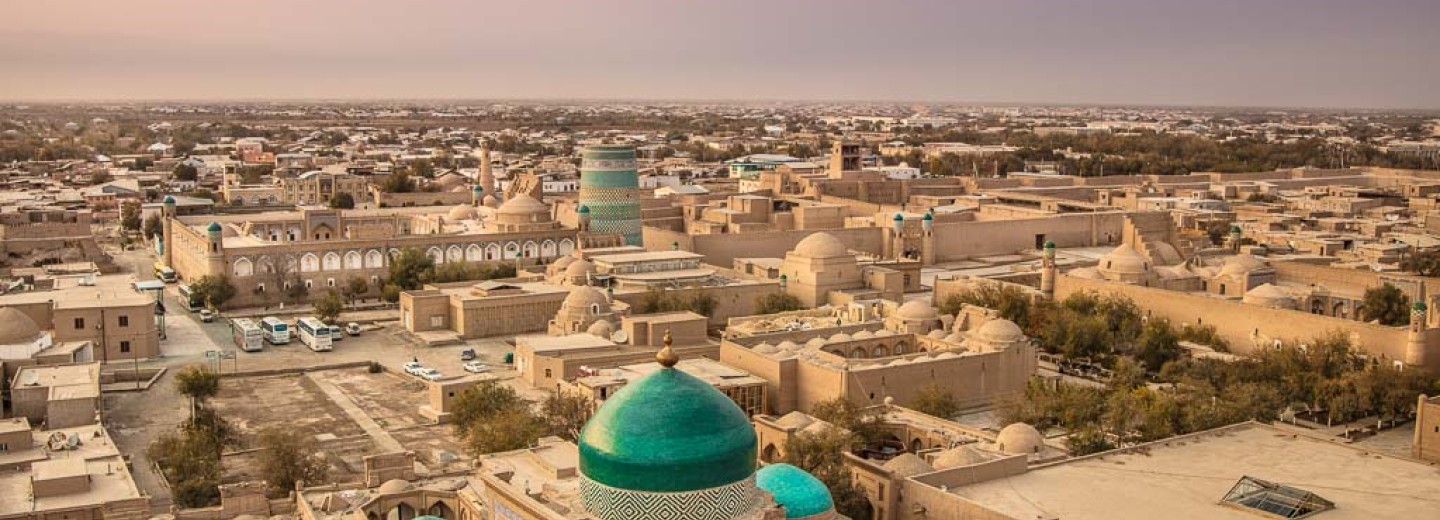China News 11th October 2022
Today, we focus on a project being undertaken by China Railways to help the ancient city of Khiva in Uzbekistan. The original story appeared in Ifeng along with additional material from other sources.
Background
In the early part of its history, the inhabitants of the area came from Iran and spoke an Eastern Persian language. Turks replaced the Persian ruling-class in the 10th century A.D., and the region gradually turned into an area with many Turkic speakers.
The earliest records of the city of Khiva appear in Muslim travel accounts from the 10th century, although archaeological evidence indicates habitation in the 6th century. By the early 17th century, Khiva had become the capital of the Khanate of Khiva, ruled by a branch of the Astrakhans, a Genghisid dynasty.
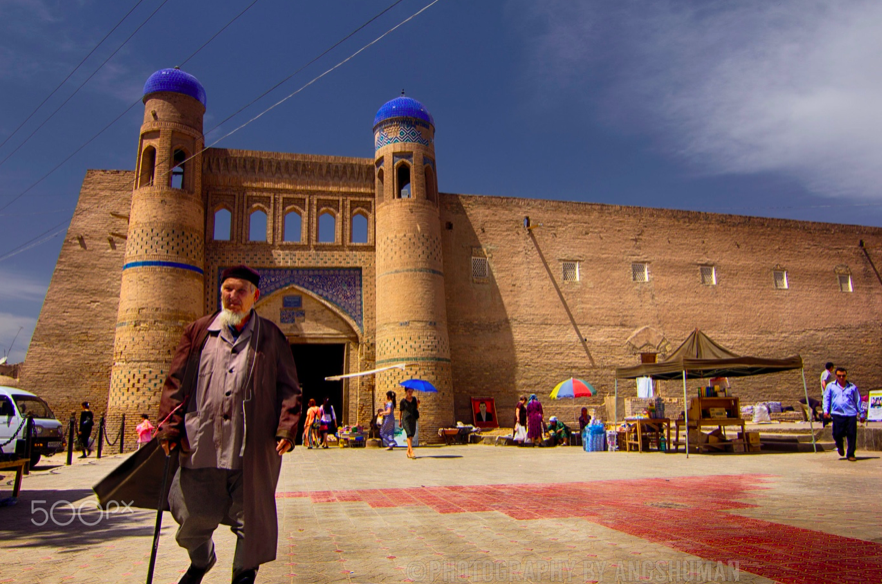
In the 17th century, Khiva began to develop as a slave market. During the first half of the 19th century, around 30,000 Persians and an unknown number of Russians, were enslaved there before being sold.
Russia annexed Khiva Khanate in the 19th century. The last Khan from the ruling dynasty was assassinated in 1919. Thus, Khiva became the capital city of the new Soviet People's Republic of Khorezm. The Khorezm oasis was converted into a part of modern Uzbekistan and Turkmenistan in 1924.
Today
An important project of China-Uzbekistan cultural cooperation under the Belt and Road Initiative, the Chinese ‘Railway Institute’, has undertaken a restoration project of the historical and cultural relics in the ancient city of Khiva.
Dozens of historical and cultural relics have been preserved in the city, some of which have been in disrepair for a long time. To do this, China Railway set up a professional team composed of technical with experts in hydrogeology, engineering geology, engineering exploration, deformation monitoring, surveying, and mapping, and went to the ancient city of Khiva for on-site investigation.
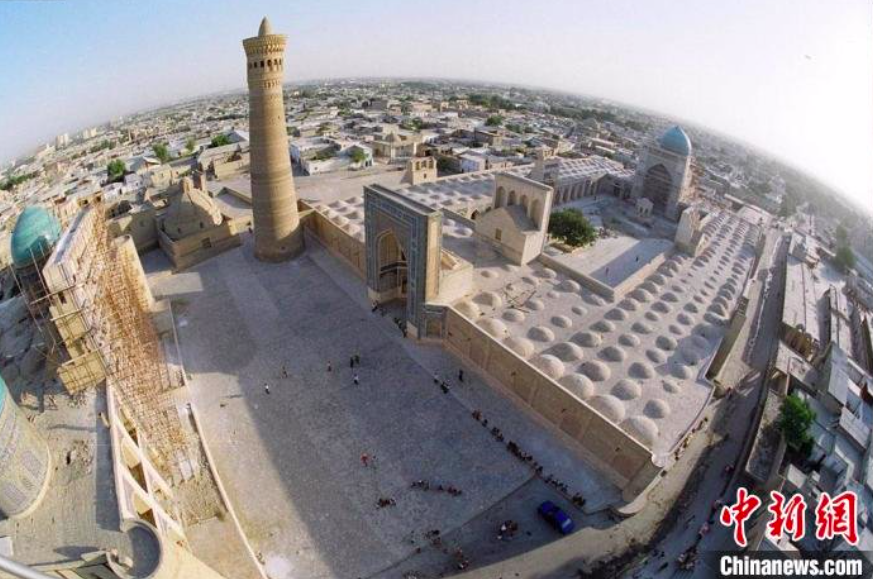
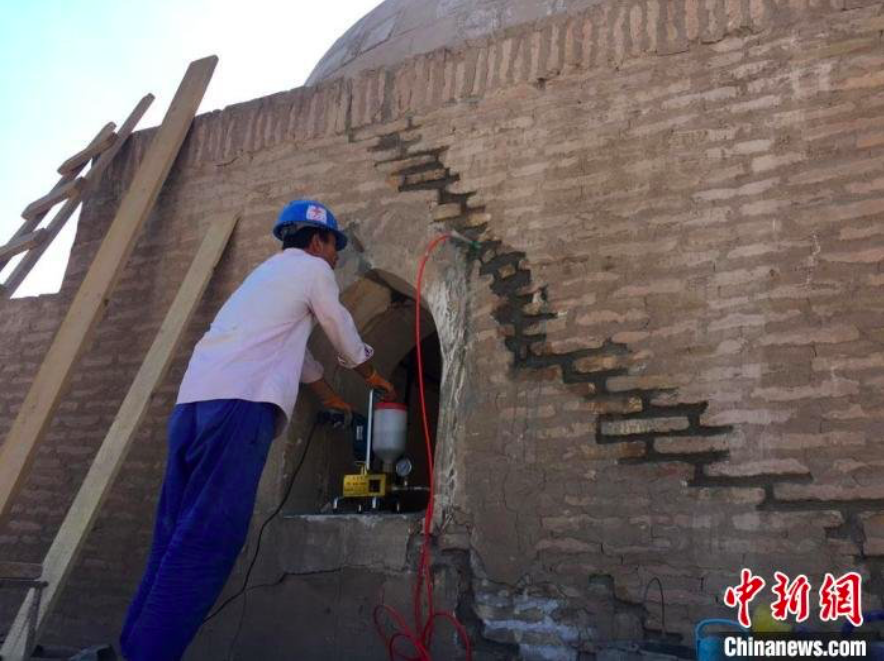
The picture shows the wall grouting project
You cannot replace cultural relics
China Railway said that the reinforcement, repair and protection of ancient buildings and cultural relics, that have gone through thousands of years of ups and downs, is like traditional Chinese medicine. This treats sick and elderly people through seeing, listening, and asking questions to understand and diagnose the cause of the disease, and prescribe medicine for treatment.
The "looking" is to carry out all-round surveying, mapping, and deformation monitoring of ancient buildings; "listening" means comprehensive information collection and sample sampling of ancient buildings; "questioning" is to carry out detailed exploration and data collection of ancient buildings; "diagnose" is to scientifically and objectively investigate the difficult and miscellaneous ills that appear in ancient buildings.
In response to the difficult and miscellaneous ills of the ancient buildings of the ancient city of Khiva, a prescription that treats both the symptoms and the root causes is a new challenge. Buildings such as mosques and colleges in Uzbekistan were built with ancient engineering practices, materials, and traditional construction methods. Each cultural relic protection project is unique. For the protection project of Khiva, experience elsewhere can be helpful but must not be applied according to fixed rules. The process and methods must reflect to local conditions.
"The underwater infiltration of the ancient city of Khiva and the shifting of the original ancient building structure are important reasons for the uneven settlement of the foundation of cultural relics. This causes the tilting and cracking of the domes and walls of the college and mosque buildings,” said a China railway spokesman.
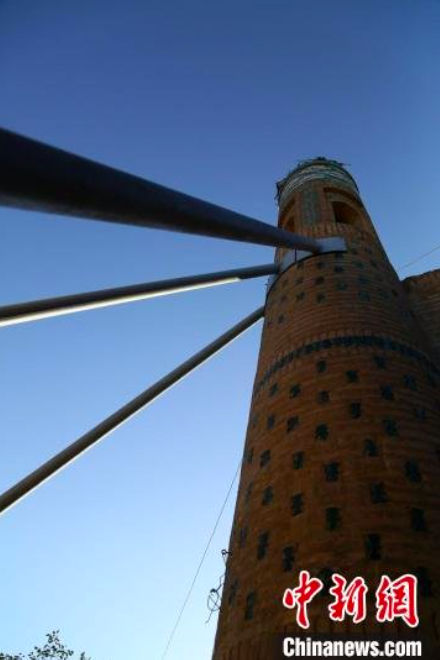
The rescue support installation of the Xuanli Tower
The China Railway team had to consider local and regional characteristics and protect the original historical information and traces of the times. With cutting-edge technologies, innovative methods, and using scientific detection and monitoring, the project team determined ways of structural reinforcement and repair in accordance with the principle of minimum intervention and of not changing the original state of cultural relics.
In maintenance, they used local traditional materials and processes as much as possible, to ensure the integrity of the structure, its safety and stability to keep and continue the historical ‘signature’ of the building, and its heritage value.
China Railway said that in the thousands of years, the ancient city of Khiva has been destroyed more than 40 times. It is the Belt and Road Initiative that has brought the city a new life. The restoration of the historical and cultural relics of Khiva not only rejuvenates the ancient cultural heritage, but also becomes a demonstration of the human cultural heritage of the Silk Road.
Worked on the article:

Wanlikhang


